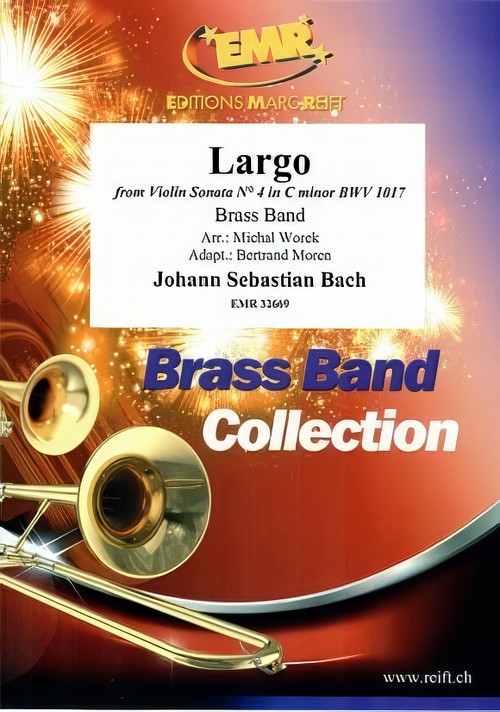We've found 1000 matches for your search. Order by
Results
-
 £83.00
£83.00Largo (from Violin Sonata No.4 in C minor BWV 1017) (Brass Band - Score and Parts) - Bach, Johann Sebastian - Moren & Worek
Duration: 4.00
Estimated dispatch 7-14 working days
-
 £69.95
£69.95LITTLE SUITE NO. 3 (Arnold) (Brass Band - Score and Parts) - Arnold, Malcolm
.
Estimated dispatch 7-14 working days
-
 £32.95
£32.95LITTLE SUITE NO. 3 (Arnold) (Brass Band - Score only) - Arnold, Malcolm
.
Estimated dispatch 7-14 working days
-
 £69.95
£69.95Little Suite No.1 (Arnold) (Brass Band - Score and Parts) - Arnold, Malcolm
Recorded on Polyphonic QPRL225D Masters of Space and Time
Estimated dispatch 7-14 working days
-
 £32.95
£32.95Little Suite No.1 (Arnold) (Brass Band - Score only) - Arnold, Malcolm
Recorded on Polyphonic QPRL225D Masters of Space and Time
Estimated dispatch 7-14 working days
-
 £69.95
£69.95Little Suite No.2 (Arnold) (Brass Band - Score and Parts) - Arnold, Malcolm
Movements include: Round; Cavatina; Galop
Estimated dispatch 7-14 working days
-
 £32.95
£32.95Little Suite No.2 (Arnold) (Brass Band - Score only) - Arnold, Malcolm
Movements include: Round; Cavatina; Galop.
Estimated dispatch 7-14 working days
-
 £33.00
£33.00 -
 £33.00
£33.00 -
 £33.00
£33.00
